Description
Gesindel Pl.10 by Rudolf Wilke printed on a T-Shirt
About the T-Shirt
Regular fit
Standard length, the fabric easily gives into movement
Casual wear
A classic, everyday option loved by our customers
Side-seamed
Constructed by sewing two parts together, creating a fitted look
The Unisex Staple T-Shirt feels soft and light with just the right amount of stretch. It’s comfortable and flattering for all. We can’t compliment this shirt enough–it’s one of our crowd favorites, and it’s sure to be your next favorite too!
- Solid colors are 100% Airlume combed and ring-spun cotton
- Ash color is 99% combed and ring-spun cotton, 1% polyester
- Heather colors are 52% combed and ring-spun cotton, 48% polyester
- Athletic and Black Heather are 90% combed and ring-spun cotton, 10% polyester
- Heather Prism colors are 99% combed and ring-spun cotton, 1% polyester
- Fabric weight: 4.2 oz./yd.² (142 g/m²)
- Pre-shrunk fabric
- 30 singles
- Side-seamed construction
- Tear-away label
- Shoulder-to-shoulder taping
- Blank product sourced from Nicaragua, Mexico, Honduras, or the US
Rudolf Wilke (1873-1908)
Rudolf Wilke was a German caricaturist and illustrator; best known for his work at the satirical magazine, Simplicissimus.
He was the eldest child of Johannes Wilke, a carpenter. Two of his younger brothers also became artists; Hermann, who was a painter and commercial artist, and Erich, who was also a caricaturist.
After serving an artisanal apprenticeship, he attended the building trades school in Holzminden. His artistic inclinations led him in another direction, however, and he took lessons from the landscape painter, Adolf Nickol, at the polytechnic academy in Braunschweig. This was followed by studies at a private drawing school in Munich, and the Académie Julien in Paris.
He decided to settle in Munich, and opened a studio with his friend, the architect Bruno Paul. In 1896, he took part in a competition sponsored by the cultural magazine, Jugend, and was chosen to join their staff. Three years later, the publisher Albert Langen invited him to work at Simplicissimus.
In 1905 he married Amalie Mally, who was also an illustrator. They had two children; Charlotte, who became an artist, and Ulfert, who emigrated to the United States and became a museum director.
In 1906 Wilke, along with Olaf Gulbransson, Ludwig Thoma, and Eduard Thöny, persuaded Langen to convert Simplicissimus into a joint stock company, thereby giving more power to the staff to control the journal’s direction.
From 1954 to 1993, the city of Braunschweig awarded a “Rudolf Wilke Prize”, which included 1,500 Marks for a study trip abroad. Its first recipient was the graphic artist, Karl-Heinz Meyer. In 1964, a street in Munich’s Solln district was named after Wilke.

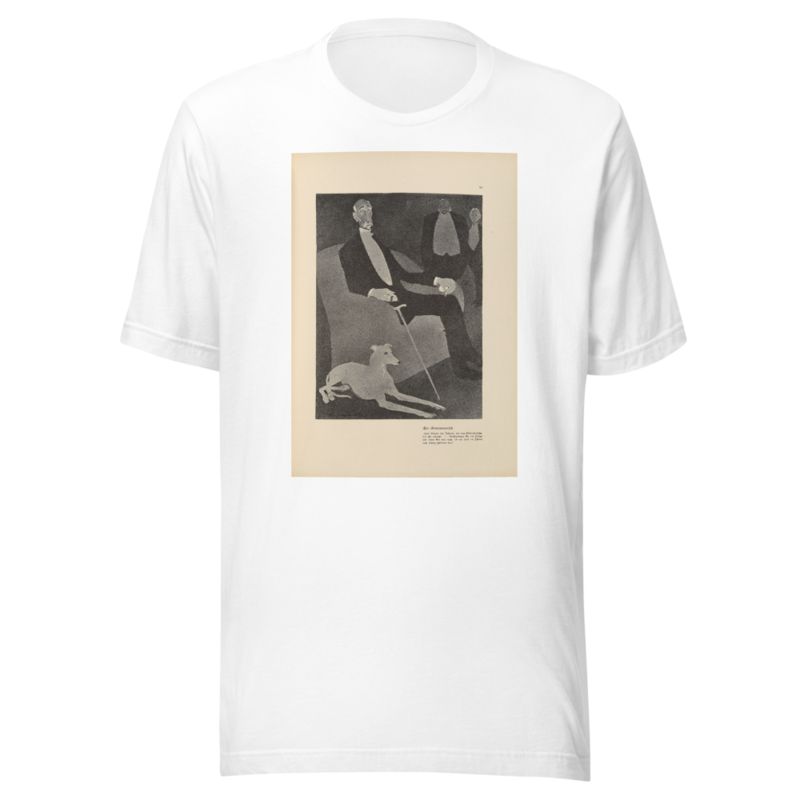
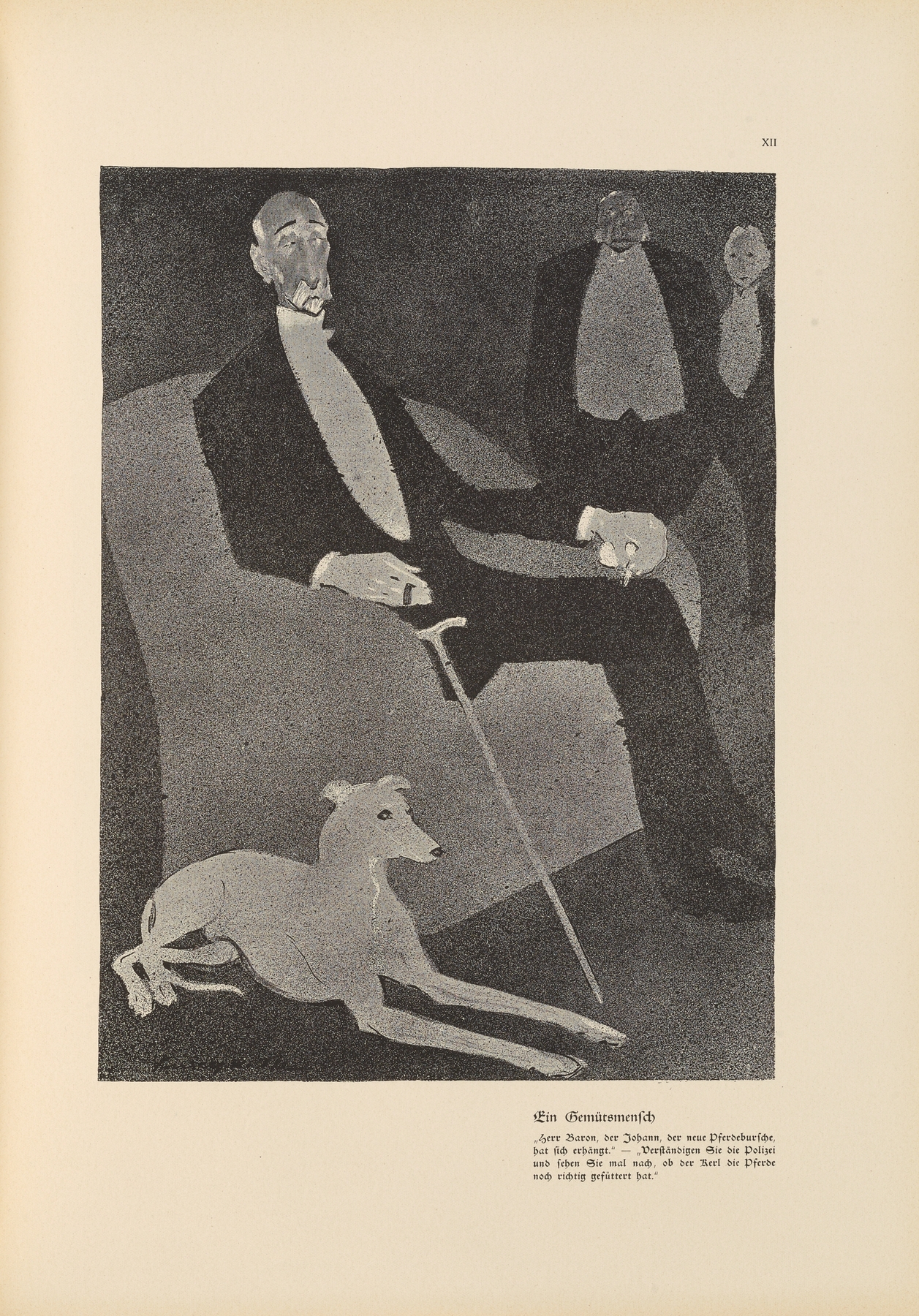
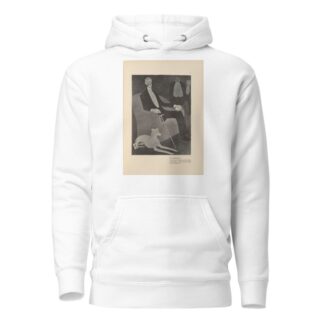
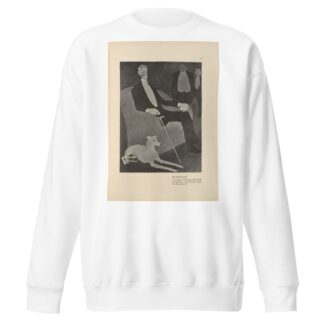
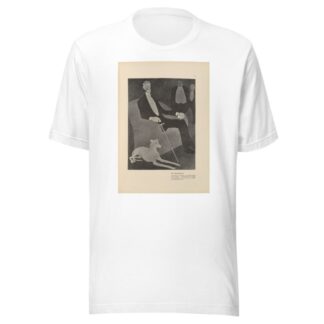
Reviews
There are no reviews yet.